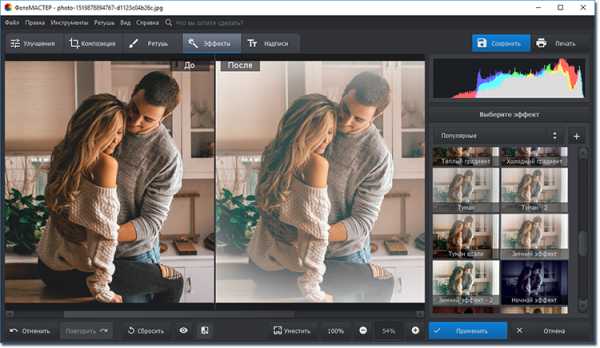

#Ptgui vs photoshop cs5 pro
Well, now, as of today they’ve released a new addition to the Pro package, a Photoshop Extension, and it’s lovely. However, since it’s in LR, if you’re working on a TIFF file or RAW file you can still export it as JPEG and it will convert and optimize.
#Ptgui vs photoshop cs5 software
The Pro version, however, has an indispensable tool in the form of a Lightroom plug-in, so anytime you export your images from LR as JPEGs it runs the software for you, and it supports JPEG files up to 60MB fast and without fuss. You drag photos in, it spits them back out significantly slimmer. The original is a stand-alone desktop application and works as easy as drag and drop. The software comes in 3 varieties: JPEGmini, JPEGmini Pro, and JPEGmini Server.

If it were a Japanese worker, it would surely be prone to Karōshi (death by overwork).

Like a worker ant, it just falls into line with your workflow and gets on with the job with a manner of efficiency not typically found outside a Japanese car factory. That’s all it does, and it does it without much fanfare. You can do these same corrections with jpegs, but it is a wise decision to shoot in whatever RAW format your dSLR offers, as you will have a lot more information to work with.For those of you who don’t know, JPEGmini is, at its heart, a program that compresses your JPEG files to the utmost point before losing any perceivable quality. Ouch! Can you imagine trying to straighten that? I did the best I could the first time around, with Photoshop CS4, but either I didn’t possess the skills (quite possible!) or having a certain brilliant new feature available to me in Photoshop CS5’s Adobe Camera Raw (ACR) made it so much easier.īy simply opening up the nine images that would comprise my panorama of the Library of Congress in ACR CS5 and clicking on the Lens Correction menu button found to the right of the picture or pictures I wanted to correct, I could use any of the tools there to help in correcting the distortion in my RAW format image files.

When I used Photoshop CS5 put together the vertical panorama of nine individual shots with all of that distortion, I got a very warped output file: Note the way the columns are really bowed out towards the bottom two corners. However, whenever you take photos of Architectural interiors with a fairly wide to ultra-wide angle lens, you will find that as you tilt the camera further up toward the ceiling, you get severe distortion, also known as the Keystone Effect.įor example, see one of my shots from a panorama of Washington, D.C.’s beautiful Library of Congress building (taken with the Pentax DA 12-24mm lens): The problem for us mere mortals is this: Tilt-Shift lenses are EXPENSIVE!Ī quick look for prices on showed me a range of anywhere between $1200 to $2500. Wow, that smarts, doesn’t it? I know I won’t be able to buy one of those anytime soon.
#Ptgui vs photoshop cs5 professional
Professional architectural photographers often use Tilt-Shift lenses to photograph with as little distortion as possible. Main image: Nine-image vertical panorama of The Library of Congress in Washington, D.C.


 0 kommentar(er)
0 kommentar(er)
